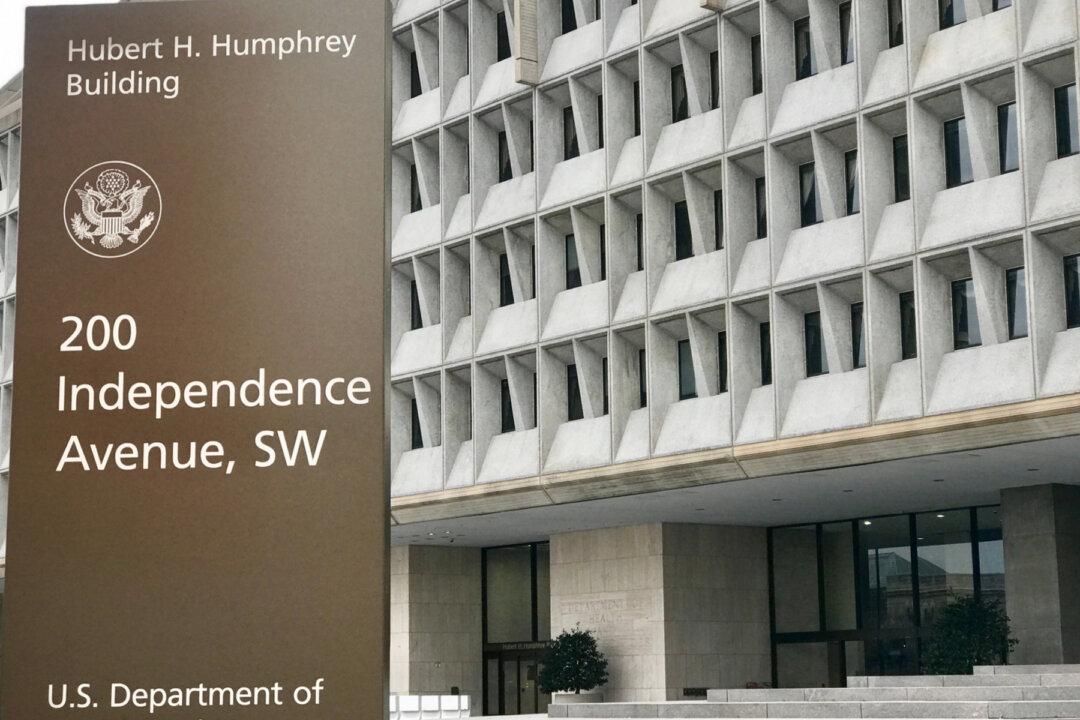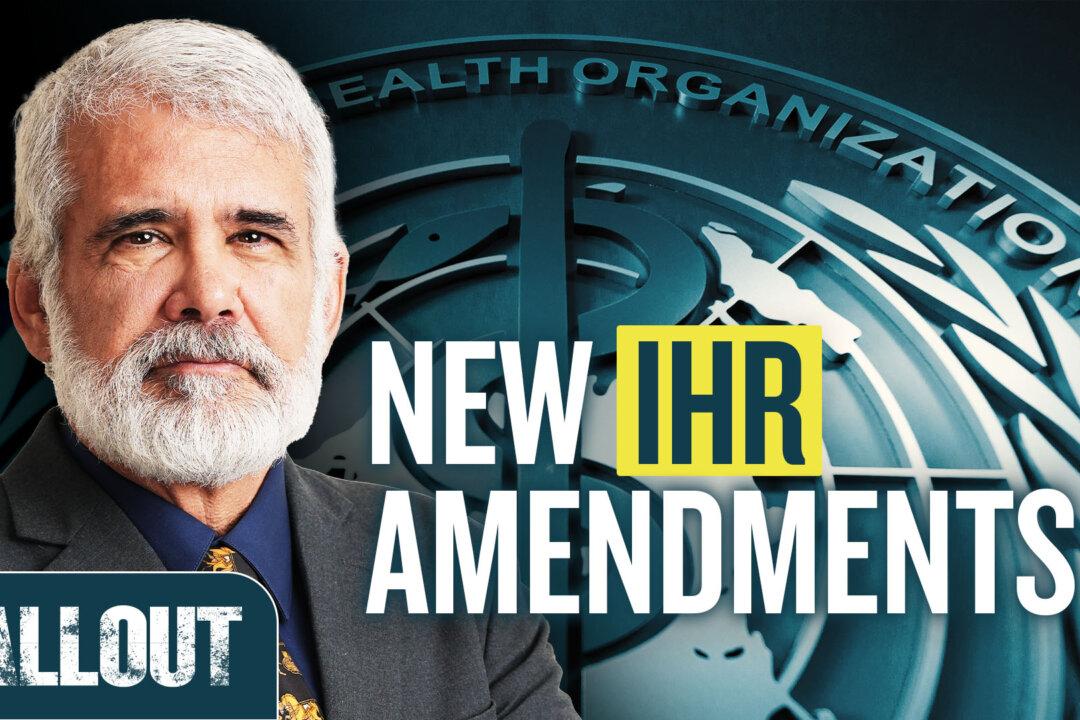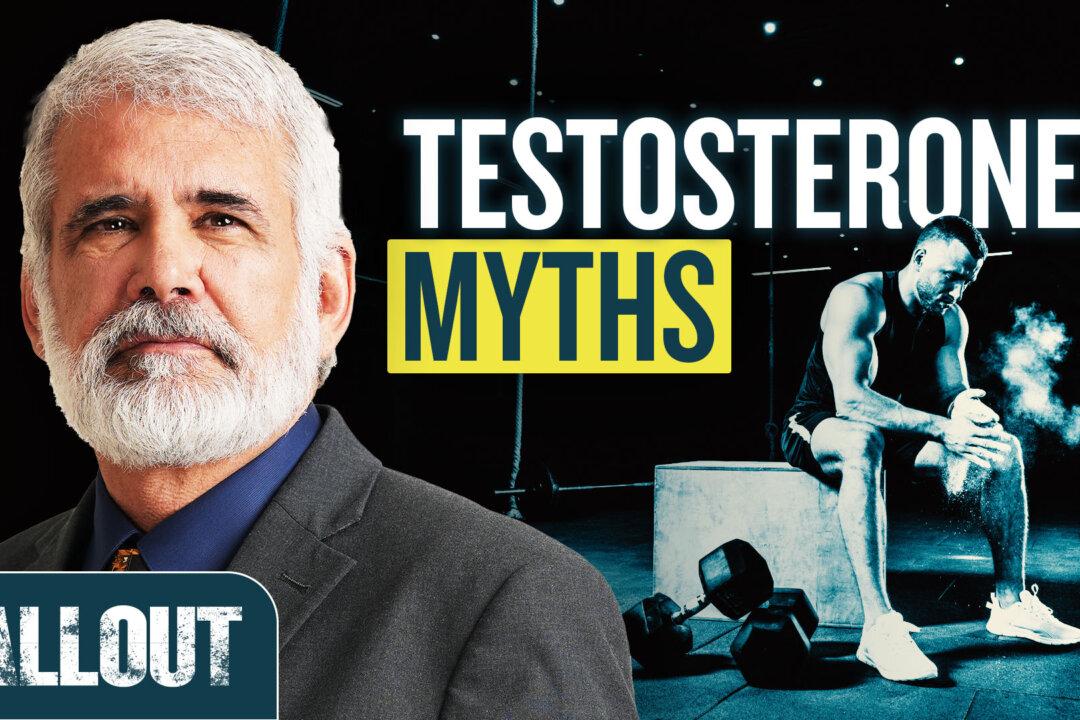Commentary
Many have come to believe that if Dr. Anthony Fauci either resigns or is removed from his position as director of the the National Institute of Allergy and Infectious Diseases (NIAID), then the whole COVID crisis problem of chronic, strategic, and tactical administrative overreach, dishonesty, mismanagement, and ethical breaches within the U.S. Department of Health and Human Services (HHS) would be resolved.





